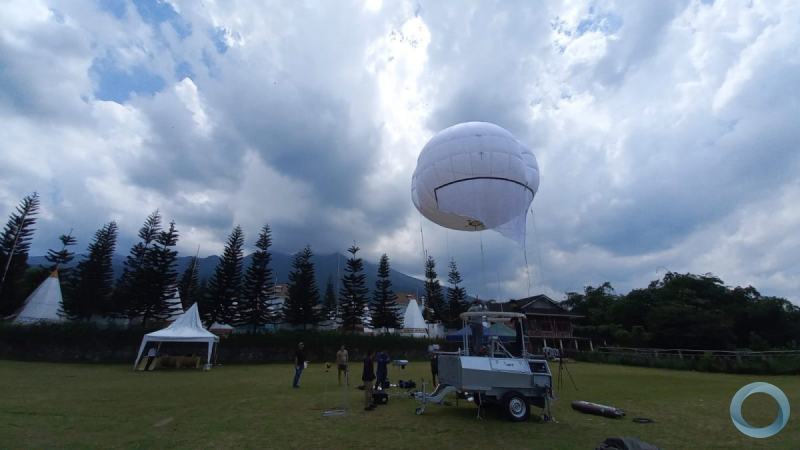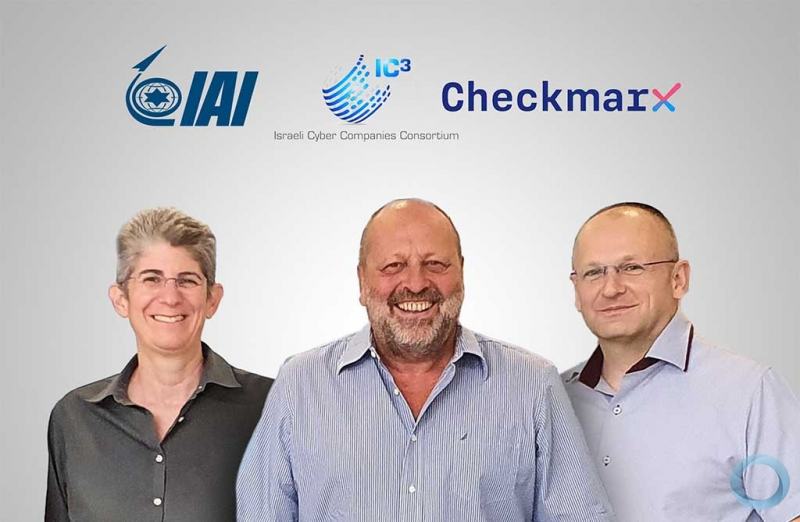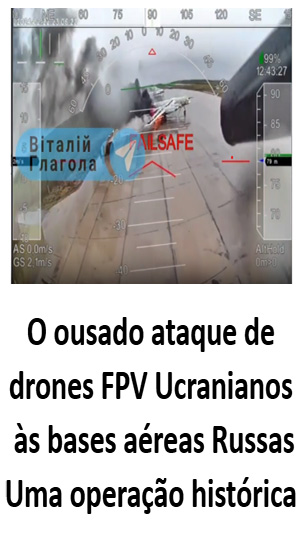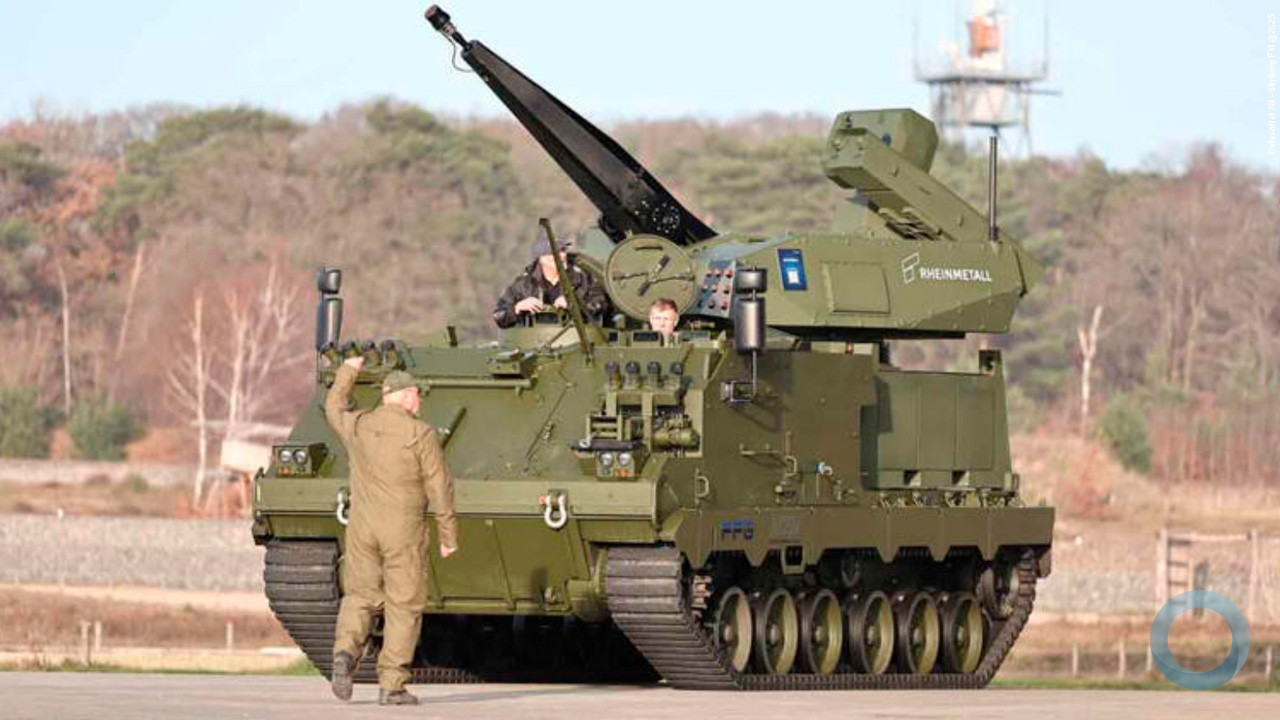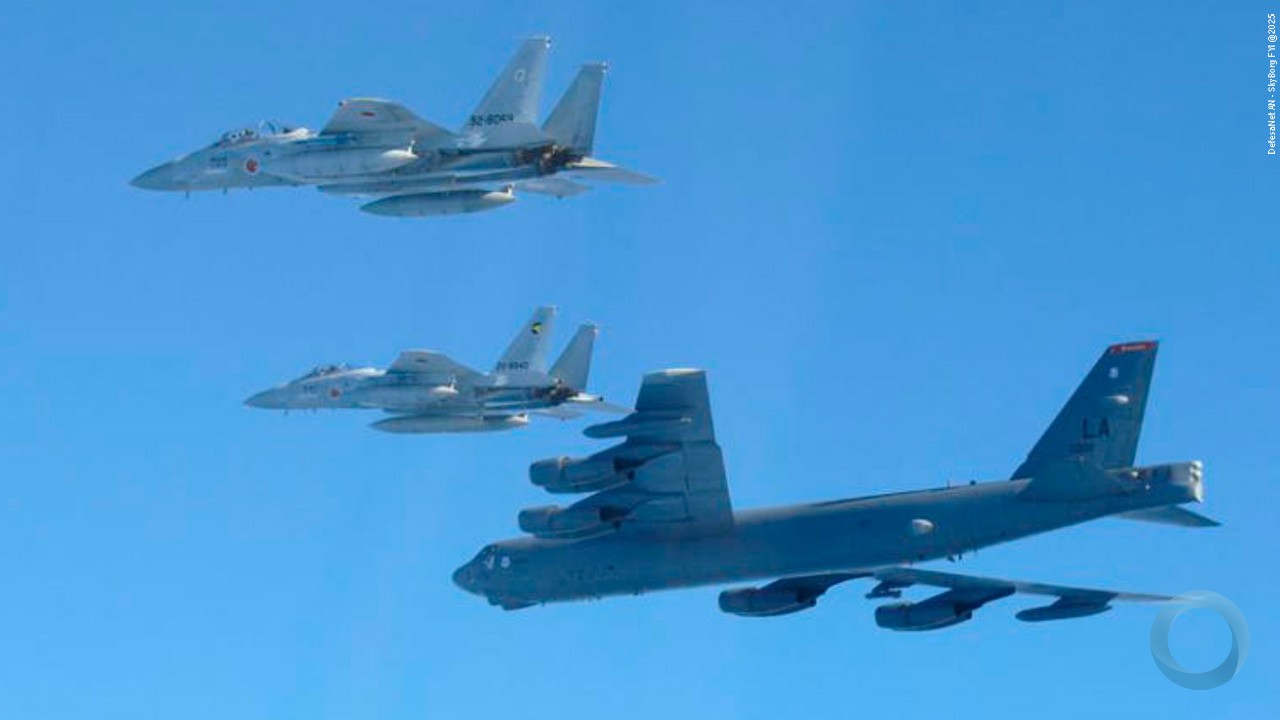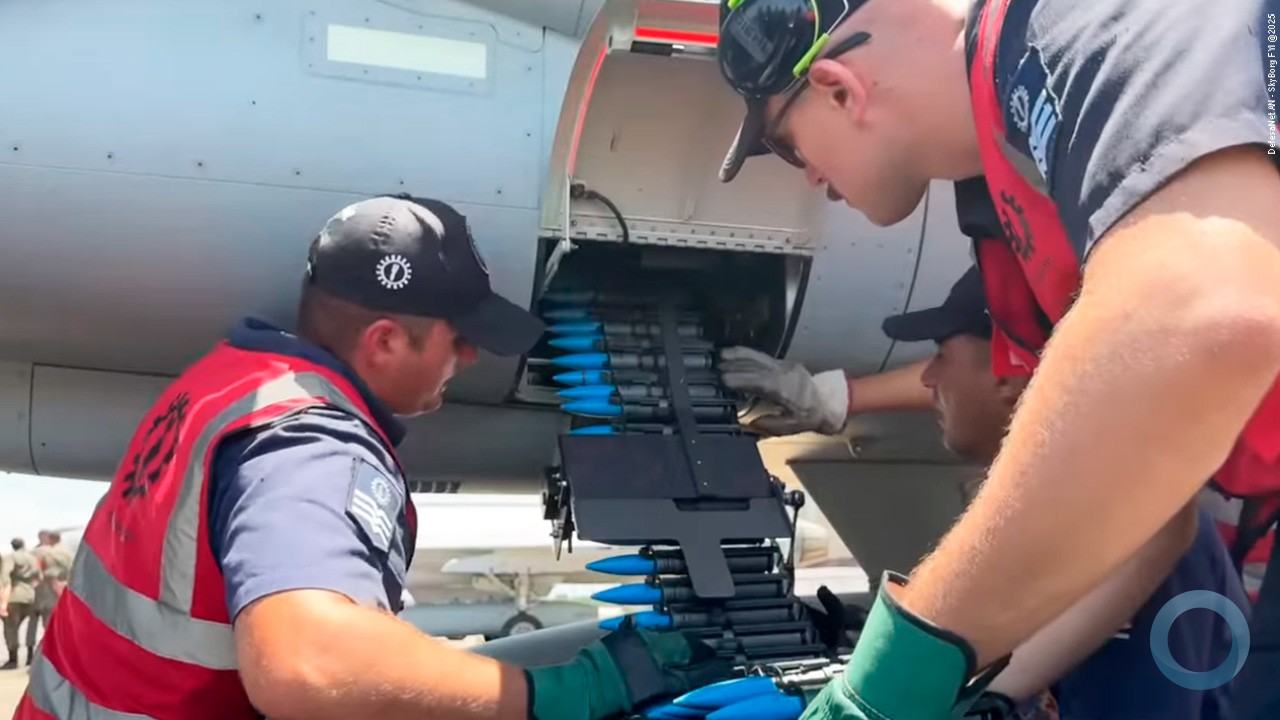Note DefesaNet
Satélites IAI – Liderando o Desenvolvimento Espacial Link
The Editor
IAI Satellites – Leading in Space Development

Seeking to reach the highest frontier, IAI has pioneered space deployment in 1988, placing Israel's first satellite, OFEQ-1, in low earth orbit. More satellites were launched in 1990 and 1995. The fourth satellite in the family, OFEQ 5 was launched in 2002 and remains operational after 18 years in orbit. It was followed by additional OFEQ satellites launched by IAI's Shavit satellite launcher. These were augmented by two TecSAR radar satellites. The most recent satellite of this type was Israel’s newest reconnaissance satellite, Ofek-16 launched succsesfuly on 6 July 2020 from Israel.
In addition, IAI was recently commissioned to develop and build Israel's national communication satellite, Dror 1. The new satellite will carry an advanced digital communication payload enabling "smartphone in space" capabilities, delivering communication agility throughout the satellite's lifetime in space. Dror 1 will provide Israel's communications needs for the next 15 years.
High-Resolution Intelligence
IAI's OptSat line of satellites has evolved through several generations of reconnaissance satellites and is currently positioned at the forefront of high-resolution imaging satellites used by intelligence services.
In the 21st-century combat arena, the ability to quickly receive and utilize intelligence data from space is becoming increasingly central to the success of combat operations around the world. Imagery consumers are accustomed to obtaining satellite imagery at resolutions of 0.5 m and better, to provide clear, accurate, well defined images enabling extraction of fine details from satellite images.
With an image resolution better than 40 centimeters, with geo-location accuracy, OptSat 3000 is significantly lighter (400 kg) than other optical satellites with the same resolution levels. Therefore, it acquires images many more targets with agility, throughput, and advanced operational autonomy. Its light weight enables advanced maneuvering abilities, meaning that it can deliver many targets in high resolution. OptSat 3000 provides imagery for strategic and tactical intelligence, where rapid, precise visual intelligence on suspicious targets holds the key to mission success.

Advanced Space Technology Comes in Different Sizes
OptSat has an active production line, with IAI manufacturing several satellites on order for clients. The satellites coming off the OptSat production line today are upgraded variants of the first OptSat 3000 types that were produced a few years ago.
IAI is also developing nano and microsatellites. For example, the 25 kg OptSat 180 is packaged in a CubeSat standard (12U), offering a wide range of launch options. The satellite delivers live video and color images in resolution within one meter, with sensors suitable for reconnaissance, research, and science.
Slightly larger, OptSat 500 weighs 100 kg and can carry more powerful payload to deliver higher performance. These satellites can operate as stand-alone or within constellations of multiple satellites, offering customers continuity of coverage.
Satellites with Radar Vision
The world of synthetic aperture radar (SAR) satellites is at the cutting edge of space-based intelligence capabilities. These satellites provide resolutions and detection capabilities that significantly boost the users' ability to monitor large areas, supporting strategic surveillance and tactical operations alike.
Unlike satellite payloads using electro-optical imagery, IAI's TecSAR satellites are useful in day and night and can penetrate through cloud cover. SAR products are enhanced by image processing algorithms enabling change detection, automatic detection of typical man-made objects such as missile launchers, vehicles, and ships. Like other IAI satellite platforms, TecSar is significantly smaller, lighter, and maneuverable than other satellites in their category.
While SAR images do not appear very natural to the human eye, their detection ability means end users can locate changes on the ground that optical satellites cannot. They can identify changes, as well as man-made targets like launchers, vehicles, and ships.
Supporting Scientific Exploration in Space
IAI is involved with many space-oriented scientific projects managed with government research agencies, the academic community, associations, and commercial enterprises in Israel and abroad, promoting scientific research and technological achievements.
In orbit since 2018, the Venµs scientific observation satellite monitors hundreds of locations on earth using super-spectral camera payload. Built by IAI for Israel's Space Agency (ISA) and its partner, the French National Center of Space Studies (CNES), Venµs has recently embarked on its third year in space, on a mission to explore earth vegetation and the environment from space.
IAI's Beresheet spaceship, co-developed by IAI and SpaceIL has attracted world-wide attention flying 6.5 million kilometers to the Moon (orbital route), in an attempt to land on the moon surface. While the small spacecraft failed to complete a soft landing, the achievements demonstrated in this mission represent the team's innovative, technological, and engineering knowledge in building space vehicles. Weighing just 600 kilograms, it was the smallest spacecraft to attempt the moon landing, and it represents IAI's determination, achievements, and experience in building small, light-weight space vehicles.
Beresheet was the first spacecraft to orbit the Moon and attempt a landing as a purely private initiative, rather than a government program. The spacecraft was developed and constructed at the cost of just 100 million US dollars, significantly cheaper than similar projects that have cost billions. Beresheet lays the foundation for cooperation between IAI and Germany's OHB Systems AG, a leading satellite manufacturer, which signed a teaming agreement. Under the terms of the agreement, the two companies will jointly offer the European Space Agency a commercial access service for lunar landers to conduct exploration missions. Firefly Aerospace has also teamed with IAI to use Beresheet for lunar science mission under NASA's Commercial Lunar Payload Services (CLPS), delivering future science payloads to the surface of the Moon.








